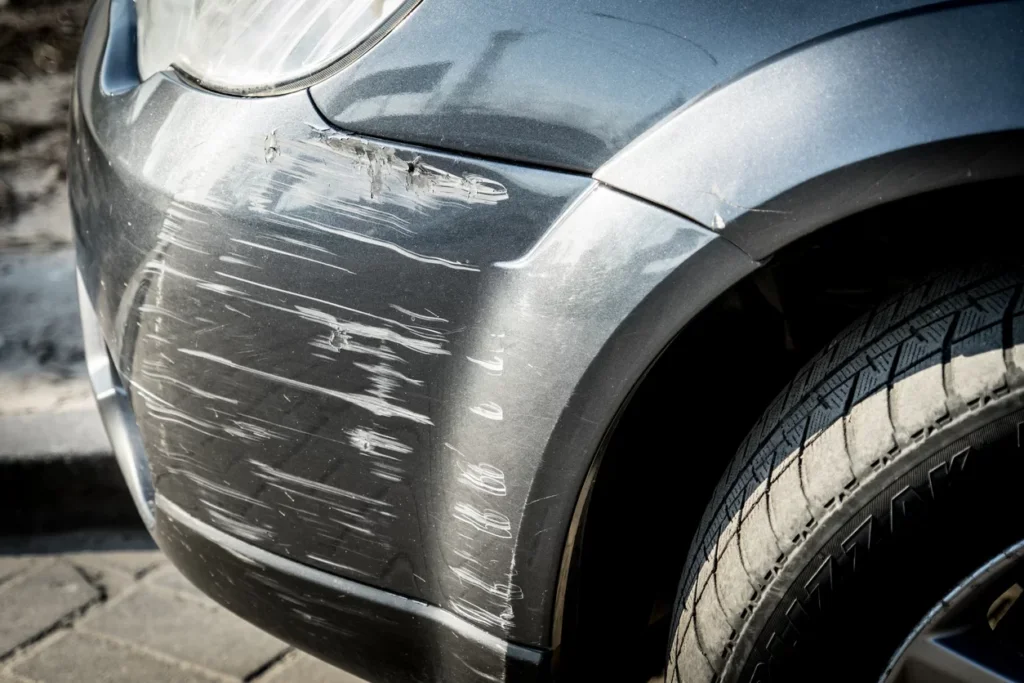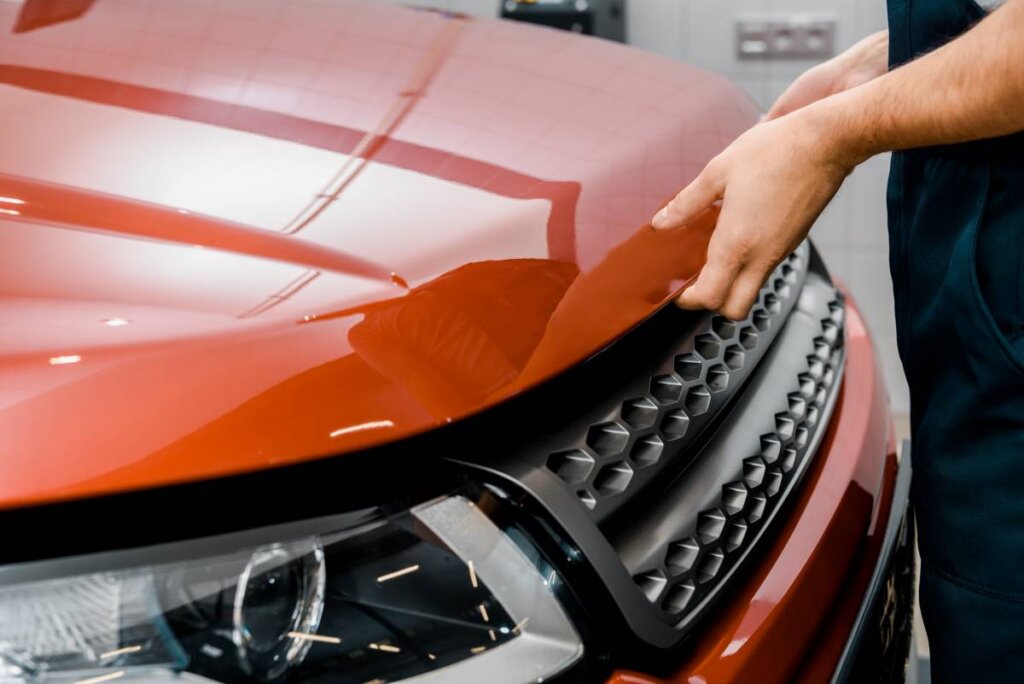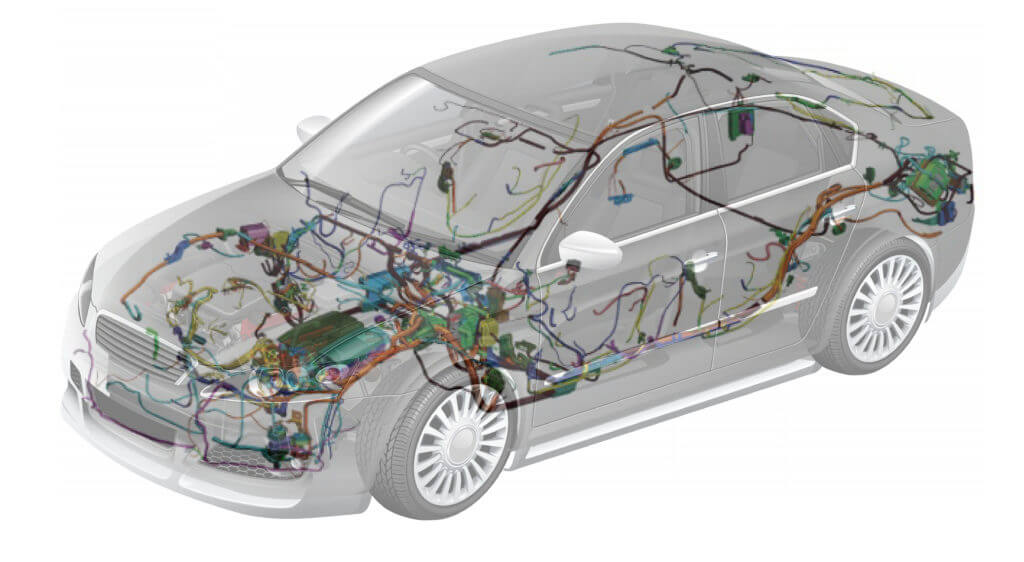The mass air flow sensor is a critical component of a vehicle’s engine management system. It measures the amount of air flowing into the engine and sends this information to the engine control module (ECM), which adjusts the air/fuel ratio to optimize engine performance. Over time, the mass air flow sensor can become dirty, which can also lead to inaccurate readings and poor engine performance. However, it is important to know how to clean mass air flow sensor.
It’s important to note that not all mass air flow sensors need cleaning. Some sensors are there to replace when they become dirty or malfunction. If you’re not comfortable cleaning the mass air flow sensor yourself, it’s always best to consult a qualified mechanic.
How To Clean Mass Air Flow Sensor?
Here’s a step-by-step guide on how to clean mass air flow sensors:
Locate the mass air flow sensor
It is typically located between the air filter box and the throttle body. If you’re not sure where it is, consult your vehicle’s owner’s manual.
Disconnect the electrical connector
The mass air flow sensor is typically held in place by a tab or clip, which you’ll need to release in order to remove it. The electrical connector may also be held in place by a clip or tab, so make sure to release this as well.
Remove the mass air flow sensor
Gently pull the mass air flow sensor out of its housing, taking care not to damage any delicate components.
Inspect the sensor.
Check for any visible signs of dirt, dust, or debris on the sensor’s wire element. Moreover, this is the delicate wire inside the sensor that measures the amount of air flowing through it. Also, do not touch the wire with your fingers or any cleaning tool.
Clean the sensor
Use a mass air flow sensor cleaner, which is specially formulated to clean the delicate wire element. Do not use compressed air, as this can damage the sensor. Simply spray the cleaner onto the wire element and let it dry completely.
Reinstall the sensor
Once the sensor is completely dry, reinsert it back into its housing, making sure that it is properly seated. Reconnect the electrical connector and any clips or tabs that were holding the sensor in place.
Test the engine
Start the engine and let it idle for a few minutes to make sure everything is working properly. If the engine runs smoothly and the check engine light is off, you’ve successfully cleaned the mass air flow sensor.
Learn More: What Does Wrench Light On the Car Indicate?
Tools Required to Clean Mass Air Flow Sensor

Cleaning the mass air flow sensor is a straightforward process and for that, we need some basic tools. Here’s a list of the tools you’ll need to clean your mass air flow sensor:
Mass airflow sensor cleaner
This is a special cleaning solution that specifically comes in the use to clean the delicate wire element inside the mass air flow sensor. Using other cleaning solutions or chemicals may damage the sensor and affect its performance.
Screwdriver
You may need a screwdriver to release any clips or tabs that are holding the mass air flow sensor in place.
Latex gloves
Wearing latex gloves can help prevent any oils or dirt from your fingers from getting onto the sensor’s wire element, which can also affect its performance.
Clean lint-free cloth
You’ll need a clean, lint-free cloth to wipe the sensor housing and any other parts you need to clean during the process.
Compressed air
Compressed air can be used to blow away any dirt or debris that may be lodged in the sensor housing. However, it’s important to use it carefully and not to blow air directly at the sensor itself, as this can damage the delicate wire element.
It’s important to note that while these tools are generally all you need to clean mass air flow sensor, not all sensors can be cleaned. Some sensors are designed to be replaced when they become dirty or malfunction. Check your vehicle’s owner’s manual to see if your sensor can be cleaned or needs to be replaced. If you’re not comfortable cleaning the mass air flow sensor yourself, it’s always best to consult a qualified mechanic.
Materials Required to Clean Mass Air Flow Sensor
Cleaning the Mass Airflow (MAF) sensor can be a simple and cost-effective way to improve engine performance and fuel economy. Here are the materials you will need to clean the MAF sensor:
MAF sensor cleaner
It is important to use a specialized cleaner designed specifically for MAF sensors. These cleaners are specially formulated to remove contaminants and debris from the sensor without damaging the delicate components.
Gloves
Wearing gloves can help to protect your hands from the cleaning solution and any debris that may be present on the sensor.
Safety goggles
Safety goggles can protect your eyes from any debris that may be during the cleaning process.
Compressed air
Compressed air can be used to blow any loose debris off the MAF sensor before and after cleaning. Be sure to use a low-pressure can of compressed air, as high pressure can damage the delicate components of the sensor.
Clean rags or paper towels
These can be used to wipe away any excess cleaner or debris from the MAF sensor.
Small brush
A small brush, such as a soft-bristle toothbrush, comes in use to gently scrub the sensor and remove any stubborn debris.
It is important to follow the manufacturer’s instructions when using the MAF sensor cleaner and to avoid touching the sensor’s delicate components. If you are not comfortable cleaning the MAF sensor yourself, it is best to have it cleaned by a qualified mechanic.
Signs of a Faulty MAF Sensor – When Is the Right Time to Clean Mass Air Flow Sensor?
The Mass Airflow (MAF) sensor is a crucial component of the engine management system in modern cars. Its primary function is to measure the amount of air flowing into the engine and send that data to the engine control unit (ECU). A faulty MAF sensor can cause a variety of problems, from poor fuel economy to decreased engine performance. Here are some common signs of a faulty MAF sensor:
Check Engine Light
However, one of the most obvious signs of a faulty MAF sensor is the Check Engine Light on the dashboard. If the MAF sensor is sending incorrect data to the ECU, it may trigger the Check Engine Light.
Decreased Engine Performance
A faulty MAF sensor can cause the engine to run poorly, with decreased acceleration, rough idling, and stalling. This is because the engine is not receiving the proper air/fuel mixture.
Poor Fuel Economy
If the MAF sensor is not working correctly, the engine may burn more fuel than necessary. Also, this can result in poor fuel economy, which is often noticeable over time.
Engine Misfires
A misfire occurs when the fuel in the engine does not ignite properly. It causes faulty MAF sensors, which can lead to engine misfires and a decrease in performance.
Dirty MAF Sensor
Over time, the MAF sensor can become dirty or contaminated with debris, which can cause it to malfunction. Cleaning the MAF sensor can sometimes solve the problem, but if it is not in good condition, it may need replacement.
If you suspect that your MAF sensor is faulty, it is important to have it checked by a qualified mechanic. They can run diagnostic tests and perform any necessary repairs or replacements to ensure that your engine is running smoothly.
What is actually P0171 Code?
The P0171 code is a diagnostic trouble code (DTC). It is set when the powertrain control module (PCM) detects a lean air/fuel mixture on bank 1 of the engine. This means that the engine is receiving too much air or too little fuel, also can cause a number of problems including rough idle, poor acceleration, and increased emissions.
There are many possible causes for a P0171 code, including:
A vacuum leak: This is the most common cause of a P0171 code. A vacuum leak can allow unmetered air into the engine, which will cause the air/fuel mixture to become lean.
A faulty oxygen sensor: The oxygen sensor is responsible for monitoring the oxygen content in the exhaust gases and providing feedback to the PCM. However, if the sensor is faulty, it may not provide accurate feedback, which can cause the PCM to adjust the air/fuel mixture incorrectly.
A clogged fuel filter: If the, it can restrict the flow of fuel to the engine, which can cause a lean air/fuel mixture.
A faulty fuel pump: If the fuel pump is not providing enough fuel pressure, it can cause a lean air/fuel mixture.
A malfunctioning mass airflow sensor (MAF): The MAF sensor measures the amount of air entering the engine and provides feedback to the PCM. However, if the sensor is faulty, it may not provide accurate feedback, which can cause the PCM to adjust the air/fuel mixture incorrectly.
A problem with the fuel injectors: If the fuel injectors are not delivering enough fuel to the engine, it can cause a lean air/fuel mixture.
In order to diagnose a P0171 code, a mechanic will typically use a scan tool to read the code and any associated freeze frame data. They will then perform a visual inspection of the engine and check for vacuum leaks, test the oxygen sensor, check the fuel pressure, and perform other diagnostic tests to determine the root cause of the problem.
How Often Should You Clean the Airflow Sensor?
The frequency at which you should clean the airflow sensor in your car can vary depending on a variety of factors. Generally, you should clean the airflow sensor every 30,000 to 50,000 miles. However, if you drive in dusty or dirty conditions, or if you frequently encounter stop-and-go traffic, you may need to clean the sensor more often. Additionally, if you notice any symptoms of a dirty airflow sensor, such as reduced fuel economy, rough idle, or difficulty starting the engine, you should have the sensor inspected and cleaned as soon as possible. Ultimately, the best course of action is to consult your vehicle’s owner’s manual and follow the manufacturer’s recommendations for the maintenance and cleaning of the airflow sensor.
FAQs
One can safely remove Oil, filth, fibers, and dust from the sensor with the use of CRC MAF Sensor Cleaner. However, Hexane-based compounds come in use, which vaporize fast without the need for alcohol. A happy MAF sensor is one that is clean. The procedure is quite easy to conduct and takes around 10 minutes
Seven Signs Your Mass Airflow Sensor Is Dirty Or Going Bad
● Red Exhaust. Black exhaust from extra gasoline is one symptom that your car’s MAF is failing.
● Engine check. A malfunctioning mass airflow sensor is frequently blamed for an illuminated check engine light.
● Trying Starts.
● Hesitation.
● Low gas prices.
● Rusty Idle.
● Difficulty accelerating
Instead of replacing the pricey mass air flow sensor, you can clean it. Instead of spending $300 to repair your MAF (Mass Air Flow) sensor, clean it when it becomes dirty. With a few useful tools and a spray, it goes quickly and easily.
The engine’s air intake system may be the MAF sensor’s first line of protection, but a clogged, subpar, or dirty air filter might actually cause damage to the MAF sensor if any contaminants get past it.













